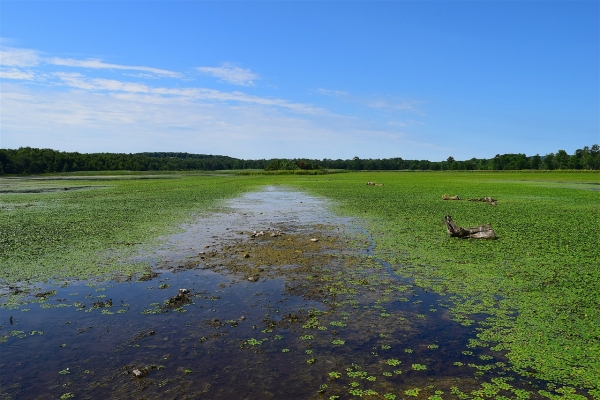Microbes in the environment, not fossil fuels, have been driving the recent surge in methane emissions globally, according to a new, detailed analysis published Oct 21 in the Proceedings of the National Academy of Sciences by CU Boulder researchers and collaborators.
“Understanding where the methane is coming from helps us guide effective mitigation strategies,” said Sylvia Michel, a senior research assistant at the Institute of Arctic and Alpine Research (INSTAAR) and a doctoral student in the Department of Atmospheric and Oceanic Sciences at CU Boulder. “We need to know more about those emissions to understand what kind of climate future to expect.”
Methane is a potent greenhouse gas responsible for about a third of the planet’s warming since industrialization. Although the atmosphere contains less methane than carbon dioxide, methane traps about 30 times more heat than carbon dioxide over a 100-year time frame, making it a critical target for addressing climate change.
“Methane concentrations in the air have almost tripled since the 1700s,” said co-author Jianghanyang (Ben) Li, an assistant professor in the Department of Atmospheric and Oceanic Sciences and INSTAAR.
Read more at University of Colorado at Boulder
Photo Credit: bones64 via Pixabay
Sci/Tech Climate Energy Top Stories
